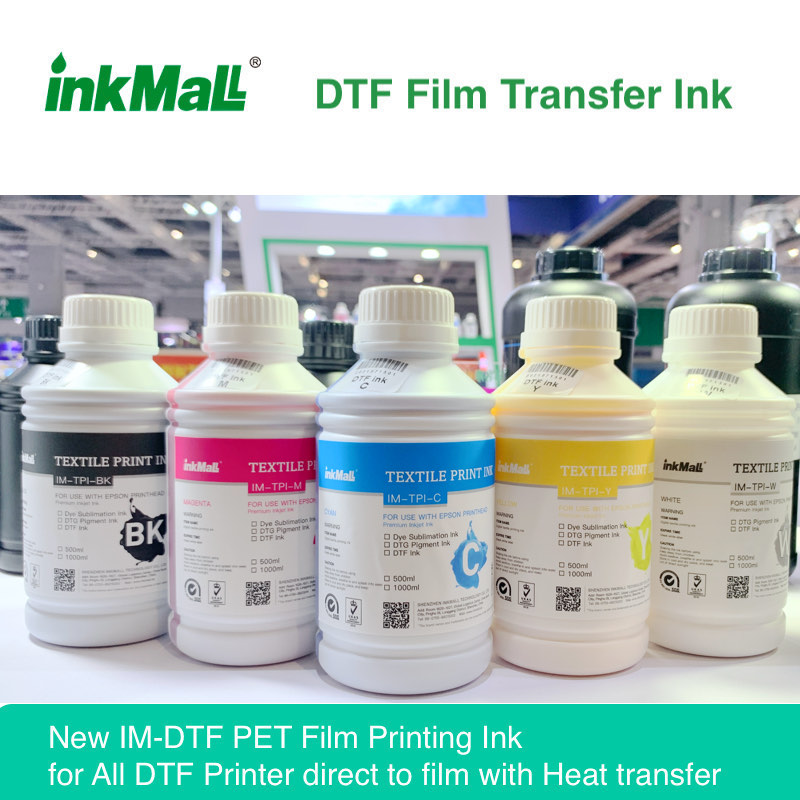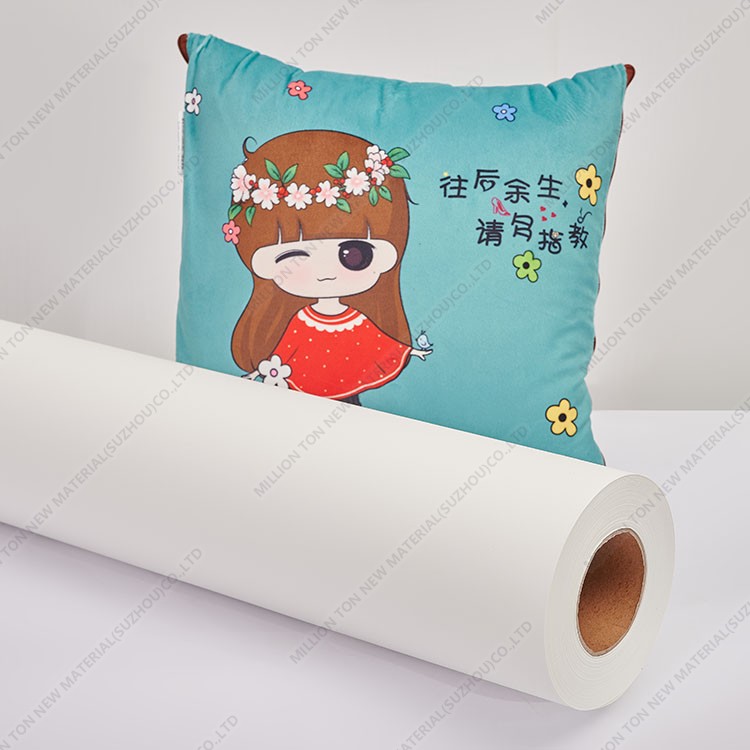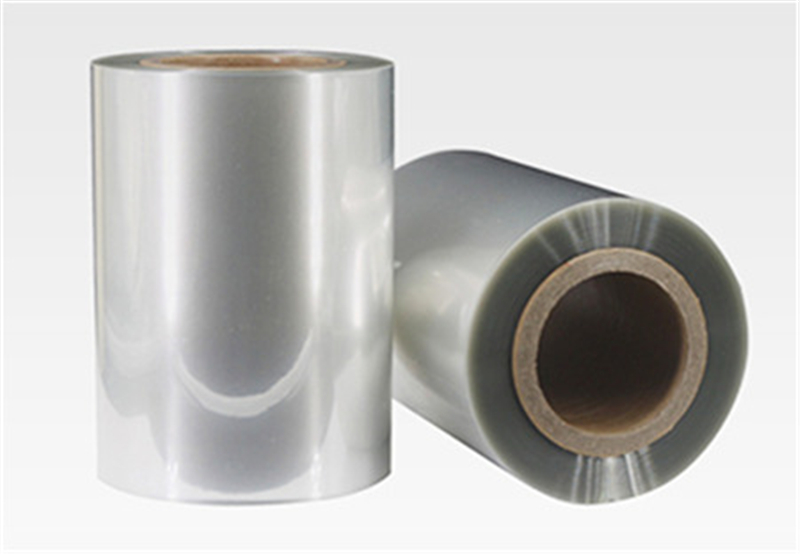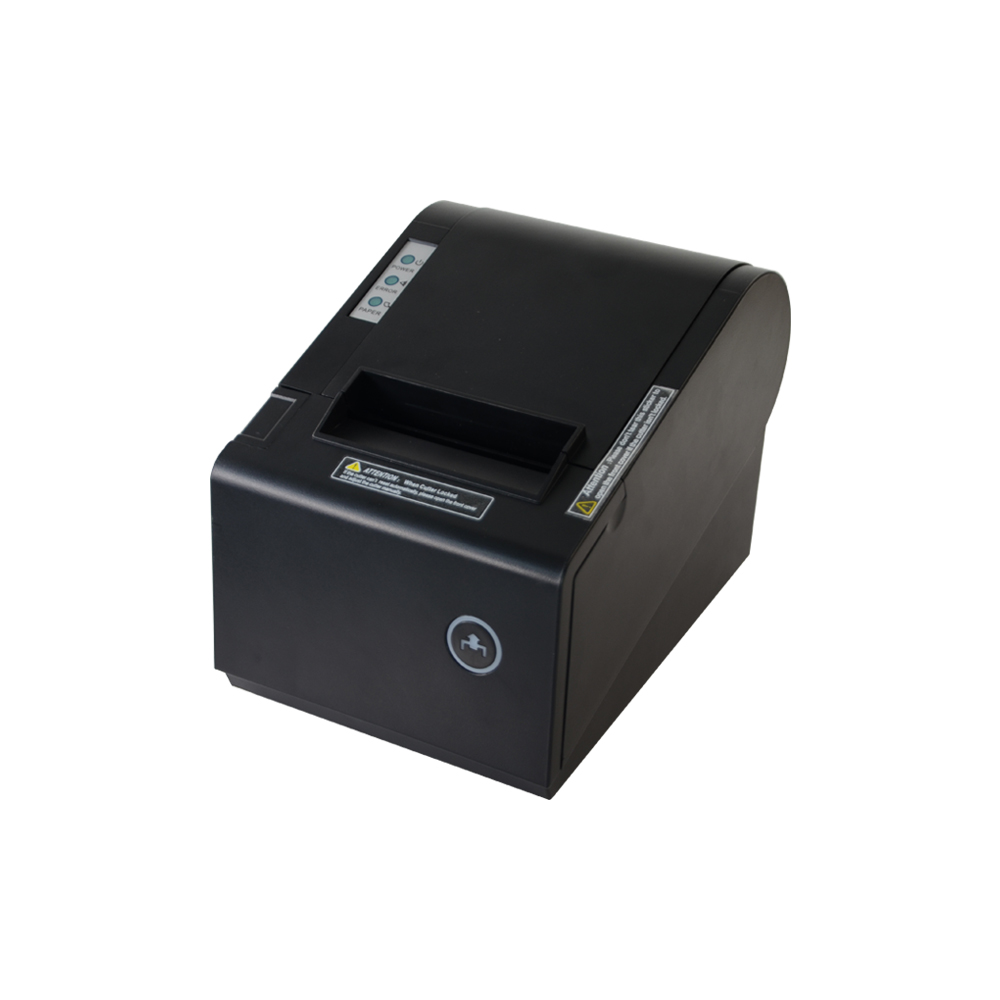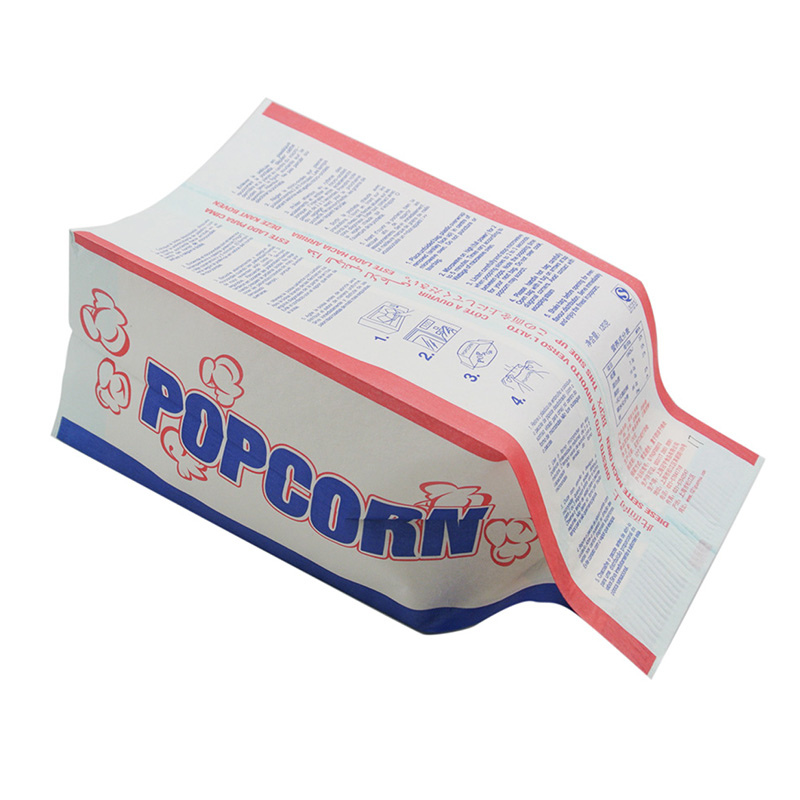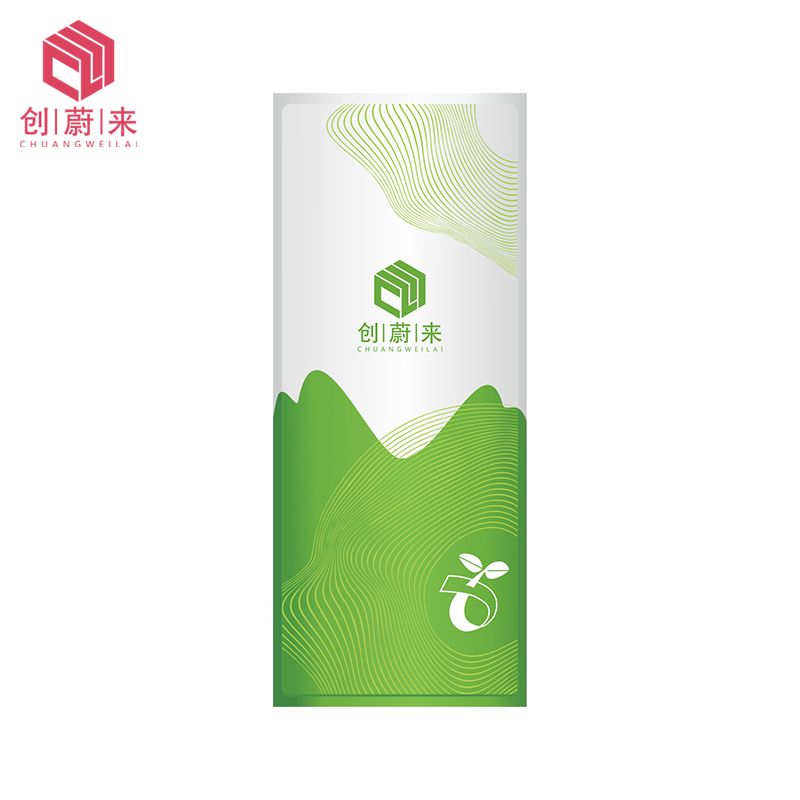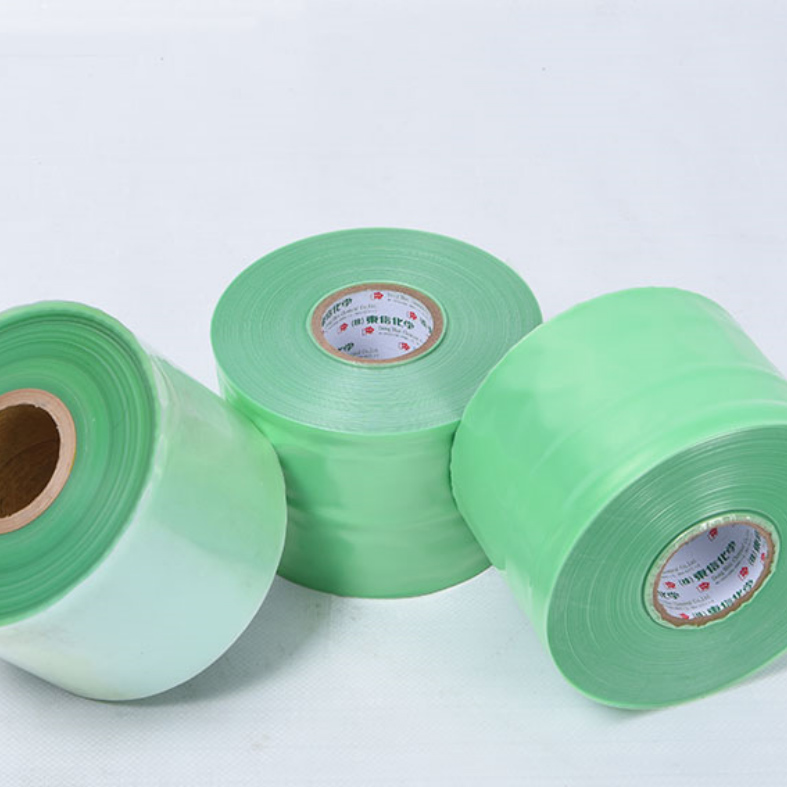5 Important Features on Modern Packaging Machines
In the era of modern packaging, the machines that multi-billion dollar industries and some of the world’s most familiar brands use to package goods must have certain qualities to ensure a smooth operation. Characteristics like quality, reliability, traceability and a desired level of automation are all going to help maintain a consistent production process. This also includes more specific areas of packaging like liquid filling machines manufactured by FILAMATIC – Specialists in Liquid Filling Systems. But how exactly do all of these traits come together to create a fine-tuned modern packaging machine? Read on to learn more.
1. System reliability
Your packaging system needs to be reliable, it needs to work when you need it to work – period. This concept sounds simple enough, but without complete confidence in your equipment, it will create inefficiencies throughout your planning and production process. When talking about an ideal system, your machine needs to be able to field both short-run batches, as well as much longer runs depending on the volume of the production project. So, you need a high level of confidence and reliability in your machinery to conquer these types of demanding projects.
2. Flexibility of equipment
Modern packaging machines must be nimble and flexible – they need to be able to fill a variety of containers regarding shapes and sizes. These systems must also be able to handle a range of different products. And don’t forget, you may also be fielding a range of different types of lids, caps, or eye dropper tip and spray containers, so the more nimble and flexible the system the better for the end-user.
3. Level of automation
The packaging changeover process should be as accurate, standardized, and straightforward as possible. Make sure your machine contains precise settings to achieve greater accuracy. This accuracy is essential when moving from one SKU to another that may have material or size changes. If your machine can automatically adapt, you save a significant amount of extra time and work.
You may also be within a stringent industry requiring you to remove certain human elements from the production process, as well as possibly needing a higher level of output so a level of automation may help add speed to your production process.
4. Quick changeovers & Ease of cleaning
Given your specific industry, the level of changeover and cleaning efficiency may be a paramount requirement. Naturally, the ability to clean and apply the appropriate maintenance is a primary objective when maintaining any type of machinery. Manufacturers are seeking machines that encompass these types of traits: ease of changeover, cleaning procedures and general best practices to be able to be applied.
5. Data collection & traceability
More and more, you see organizations requiring key data points or specific traceability needs from their equipment suppliers. Modern packaging machines are able to record and collect this type of useful information. Tracking employee performance, system output, quality control, measuring energy and water use, as well as monitoring time, pressure, and other useful data points. Collecting data on machine use is crucial now for making informed decisions for production, but in some industries, it is a requirement to do business..
Liquid Filling Machine Specialists
For over 70 years, FILAMATIC has provided a wide range of liquid filling machines to the packaging market. We create flexible, customized solutions for every stage of your business growth. Whether you require a single machine, a complete turnkey solution, or a fully-automated, integrated Monobloc system, we have the liquid filling experience for any solution.
For more information on liquid filling, capping and labeling solutions, please call 866.258.1914 or visit – www.filamatic.com/contact-us.
Related
A quick guide to some of the packaging fundamentals
When it comes to creating the perfect packaging for your product, there are many fine lines you must walk. The packaging should be attractive, whilst complying with many regulations regarding content. It should reinforce a company brand, whilst making sure to include various different pieces of information. And there are so many layers to consider! Warehouse packaging, distribution packaging and the consumer packaging must all meet different briefs.
Here we take a look at the five essential criteria that must be visible on your packaging.
The Truth!
Not only for packaging, but all aspects of marketing should be founded on a level of trust. It sounds fairly obvious, but any descriptions of goods on packaging must be accurate. Under the Consumer Protection from Unfair Trading Regulations, traders can be prosecuted if they exaggerate or misrepresent the product the packaging contains. In both text and illustrations, you must be truthful and accurate about:
Further reading:Is it Better to Use Glass or Plastic Bottles?
Benefits and Advantages of Continuous Inkjet Printers in Industrial Printing
IML Ice Cream Containers: Combining Functionality and Aesthetics
Choosing the Right Glass Liquor Bottle
Cardboard Die-Cutters: Precision and Efficiency for Your Packaging Needs
Why are spirits in glass bottles?
What is cold forming process in blister packaging?
- The quantity or size of the product
- The composition of the project
- The method of manufacture
- The place and date of manufacture
- Endorsements by people or organisations
- The product’s fitness for stated purpose
Safety Instructions
If the product you are selling is potential dangerous, it’s crucial for manufacturers to provide the appropriate safety information, with instructions where necessary. This is relevant at all levels of the supply chain – safety information can be vital when the product is being transported by air, road or rail, and the outer labels can carry important information to ensure the goods are handled safely. Certain products will also require some very specific safety guidelines – including children’s toys and electrical goods.
Barcode
It’s hardly the most glamorous element of packaging design, but it’s one of the most essential parts.
Put simply: if you’re going to sell a product, you need to have a barcode.
The best resource for finding out about barcodes is GS1 UK. Their barcodes and unique GS1 numbers are used by almost all of the UK’s leading retailers, including Amazon, eBay, Boots, Waitrose and Debenhams – so you’re in good company.
Barcodes aren’t there to look pretty – they’re on packaging to serve an important purpose, so the most crucial thing to remember when positioning your barcode is making it clear, concise and easily scannable.
Weights
Under The Weights and Measures (Packaged Goods) Regulations 2006, you must ensure that ‘on average’ each package contains the declared weight or volume of goods. As mentioned above, the weight of your product must be highly accurate on your packaging.
In many industries, you’re legally required to label any package with the weight – and you must use metric weights and measures (with a few exceptions of course – milk is still sold in pints, as is beer). You can choose to add imperial measures, but they can’t be more prominent than the metric measures.
If you’re selling to a business, the requirements on weight labelling are less clear – so it’s worth examining guidance for your specific industry for more information.
Manufacturer/Importer
All packaging must have the name and address of the manufacturer, packager or importer, clearly listed. This is in case consumers have a claim regarding the product, or wish to seek additional information about the product itself. This is your moment in the limelight – make sure your details can be seen! If you are new to the market and need some advice, we specialise in start-up marketing support.
Of course, there are other crucial additions your packaging can’t be without, many of which are dependent on industry or circumstance. Foodstuffs must contain ingredients and ‘best before’ date. Those hoping to sell their product across Europe must add a CE marking – a symbol which declares conformity with all legal requirements associated with sales in Europe.
If you have any specific questions about packaging or the guidelines mentioned above, please don’t hesitate to ask. At BrandRefinery, we cover all phases of product launch and project validation, to ensure that you’re targeting the right audiences in the right place in the right way.
Feel free to get in touch with us regarding any of our services. We would love to hear from you!
Image taken from ‘j_lai‘ Named ‘Tropicana old and new‘ licensed under ‘CC 2.0 BV’
5 Important Features on Modern Packaging Machines
5 Essential Things Your Product Packaging Must Have – BrandRefinery
Further reading:What Size Tarp for Camping?
What factors should I consider when selecting the right size and capacity of glass liquor bottles for my product?
What factors should businesses consider when choosing the right IML packaging solution for their specific products?
How do I compare the durability and thickness of different glass bottles for safe storage and transportation?
The Versatility of Kraft Paper Popcorn Bags
What Is Retort Pouch Packaging?
Introducing Sports Flip Top Caps: The Ultimate Hydration Solution
- 0
